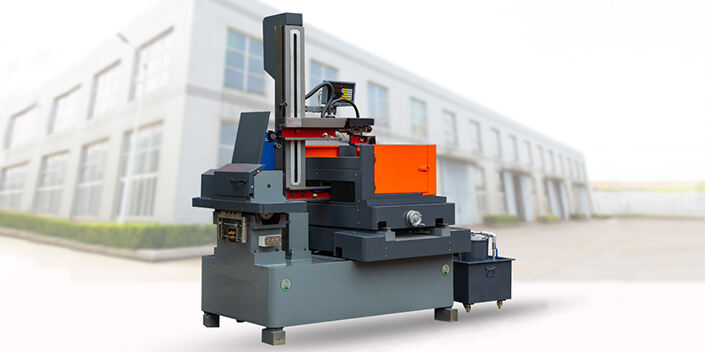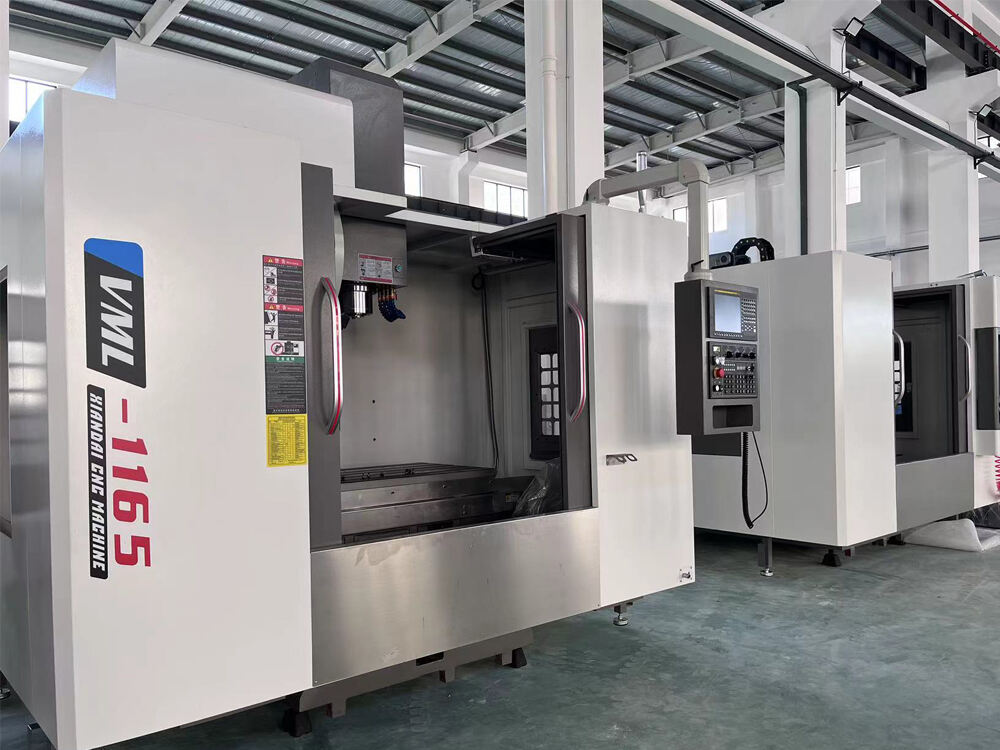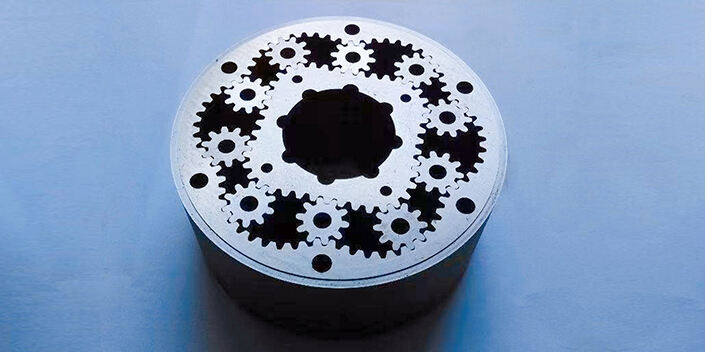The Enduring Role of Lathes in Metal Machining
Fundamentals of Lathe Operation
A lathe works by spinning the workpiece against cutting tools, basically what makes subtractive manufacturing possible. With this method, different materials can be shaped over time by cutting away extra bits until we get the shape we want. Let's look at some main parts of a lathe machine. First there's the spindle that grabs onto the piece and gives it a good spin. Then comes the tailstock which acts like support from behind so everything stays steady during operation. Tools need somewhere stable too, hence why we have a tool rest nearby. And finally, the carriage does most of the heavy lifting when moving those cutting instruments around accurately. When working on basic tasks like turning (which shrinks down diameters), facing (creating flat surfaces) or boring (making holes bigger), these functions become really important across many fields including aircraft manufacturing where even tiny measurements matter a lot.
Historical Significance in Industrial Development
During the Industrial Revolution, lathes became really important for making things faster and getting parts to look the same every time, completely changing how factories worked. Prior to these machines, most goods were made by hand by craftsmen who had learned their trade over years, but this meant products varied quite a bit in quality and took forever to produce. When mechanized lathes started showing up around the 1800s, it was kind of like night and day for manufacturing operations. Production lines could run nonstop now instead of stopping whenever someone needed a break. Looking back at history books, we can see clear connections between better lathe designs and improvements across different manufacturing areas. Take textiles for instance – those fancy spinning machines wouldn't have worked nearly as well without accurate cutting tools. Same goes for car makers and big equipment manufacturers who suddenly found they could build thousands of identical components much quicker than ever before, laying the groundwork for today's massive industrial complexes.
Why Lathes Remain Essential Today
Lathes are still essential for making those super precise parts needed across aerospace, automotive shops, and medical device manufacturing because they can handle so many different tasks. What makes them stand out is how straightforward they are to operate, which explains why mechanics love working with them whether in tiny garage setups or massive industrial plants. The newer models on the market today, particularly ones equipped with CNC systems, show just how far lathe tech has come. These computer controlled machines basically take the guesswork out of creating intricate shapes and designs that would be nearly impossible to achieve manually. As manufacturers keep pushing toward smarter production methods, these automated lathes aren't going anywhere anytime soon. They keep proving themselves as fundamental tools in any serious workshop focused on getting things right down to the micron level.
Versatile Applications of Lathe Technology
Precision Turning and Facing Operations
When it comes to making cylinder shapes on lathes, precision turning is really what makes it all happen. Machinists use different cutting tools depending on whether they're working with steel, aluminum or other metals. The parts created through this process show up everywhere from automotive components to aerospace hardware. Facing operations take care of something else entirely though they're just as important. Basically, facing cuts make sure the ends of whatever piece gets machined are nice and flat so everything fits together properly when assembled later. Some real world numbers back this up too. Top notch machinists can hit tolerances down to about .001 inch accuracy, which speaks volumes about both the skill level required and how advanced modern machining equipment has become over recent years.
Thread Cutting and Taper Turning Capabilities
Lathes are really good at making accurate threads, something crucial when manufacturing bolts, screws and other connecting parts. The machine does this using different methods that keep everything aligned properly and consistent across multiple pieces. Taper turning stands out as another key function on lathes, allowing workers to create those cone shaped components needed for both functional machinery parts and decorative items too. When operators attach special taper tools to their machines, they get better results faster while still hitting those tight tolerances demanded by complex engineering drawings.
Specialized Operations in Modern Workshops
Workshops today need lathes that can handle serious workloads, and manufacturers have delivered on this front. Modern lathes come equipped with features like multi-axis turning and live tooling that shop owners simply couldn't ignore anymore. These upgrades make them vital for creating intricate components in sectors ranging from aerospace to medical device manufacturing. What was once just about cutting metal has evolved into making detailed prototypes and running large production batches efficiently. Industry data shows these advanced operations cut down production time noticeably, which explains why so many factories now consider these machines absolutely necessary for keeping up with demanding manufacturing schedules and tight deadlines.
Lathes vs. Modern Metal Machining Methods
Comparing Lathes with Wire EDM Technology
Metal machining shops typically have both lathes and Wire EDM machines in their arsenal, each serving different purposes. Wire EDM, which stands for Electrical Discharge Machining, excels at handling those really complicated shapes that need razor sharp accuracy. Think of parts with tight corners or delicate features that traditional tools just can't reach. On the other hand, lathes work by physically cutting away material, so they're great when speed matters most and the shape isn't too complicated. Most machinists will tell anyone who asks that Wire EDM is the go to method for components with intricate details and super tight tolerances. But when production volume ramps up and simplicity reigns supreme, lathes tend to be the workhorse of choice. The decision ultimately boils down to what the part actually needs, how much detail it requires, and whether time or precision takes priority in the manufacturing process.
Complementary Roles with CNC Machining Centers
When manufacturers combine CNC machining centers with old school lathes, they get a real jump in what their shop can do. CNC machines bring automation and super accurate cuts needed for complex parts, but don't forget about those traditional lathes which still handle most of the rough cutting work first. Shops that run these together in their workflow find themselves much more flexible and efficient overall. They can switch gears quickly when customer demands change. Some industry reports show combining these technologies boosts production speed quite a bit too. The ability to make rapid adjustments cuts down on mistakes made by hand, something every plant manager appreciates during busy periods.
Situational Advantages of Traditional Turning
Lathes have long held a significant place in manufacturing because they work so well for basic turning jobs without breaking the bank. They typically come with much lower setup expenses and can turn out parts quicker than other options when dealing with simple cylindrical forms. For shops running big batches of identical components, lathes just make sense economically speaking since they churn out pieces fast while keeping overhead down compared to those fancy CNC machines or multi-axis systems. Most machinists will tell anyone who asks that picking between old school lathes and newer technology really depends on what exactly needs to get done. Sometimes going back to basics saves both time and money in the long run.
Operational Techniques and Best Practices
Tool Selection and Workpiece Setup Strategies
Picking the correct cutting tool makes all the difference when it comes to getting good results and making sure the tool lasts longer. Machinists need to look at several things including what kind of material they're working with, how smooth the finished product needs to be, and the actual shape of whatever part is being made. Securing the workpiece correctly matters too because loose pieces vibrate and mess up the precision of cuts during machining. Getting these basics right leads to better efficiency and more accurate parts. Seasoned machinists often recommend following a step-by-step process when choosing tools for different materials and purposes. They know that stable workpieces lead to cleaner cuts and fewer mistakes down the line.
Speed and Feed Optimization Fundamentals
Getting the balance right between cutting speed and feed rate makes all the difference when it comes to productivity versus tool wear. Machinists need to get their heads around material removal rates if they want to set those speeds and feeds properly. When done correctly, this balance keeps operations running smoothly without sacrificing product quality. Most machining shops rely on guides published by established manufacturing groups these days. These resources typically include handy charts showing recommended settings for different materials. The charts save time and money because they point machinists toward what works best for each job rather than guessing through trial and error.
Safety Protocols for Efficient Machining
Safety protocols need to be put in place across machining shops to stop accidents before they happen. Keeping lathe equipment in good working condition isn't just about following rules it's actually what keeps workers safe while machines run efficiently. Shop managers should check machines regularly looking for signs of wear on components, swap out anything showing damage, and test emergency stops and guards to make sure they work when needed. Alongside regular maintenance, workers must wear proper gear like goggles, hearing protection, and steel toe boots according to OSHA guidelines. Training programs for new operators shouldn't just cover basics either experienced machinists benefit from refresher courses too. When companies really focus on safety first, fewer injuries occur and production runs smoother overall without unexpected downtime caused by preventable incidents.





